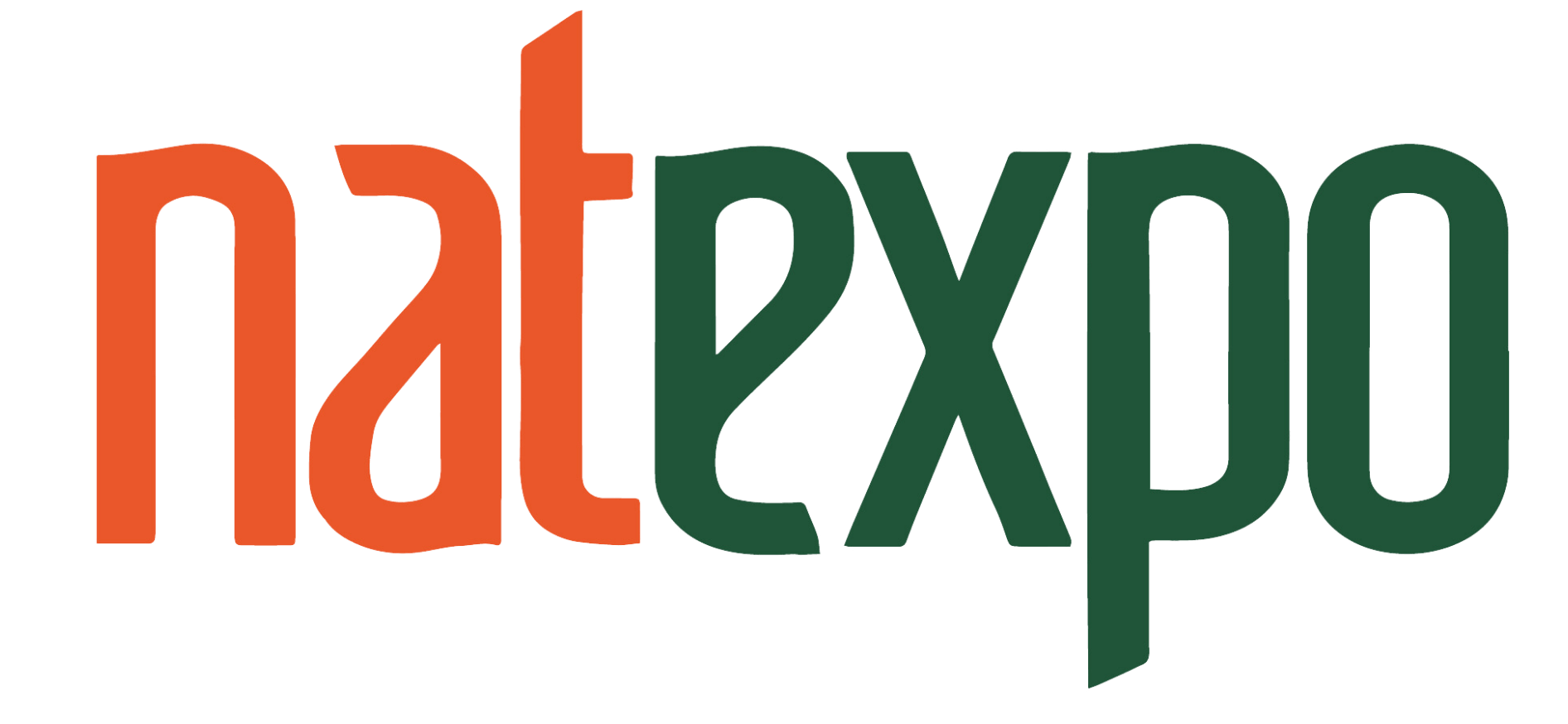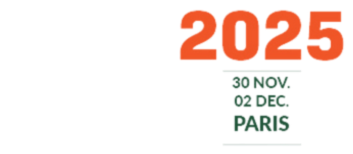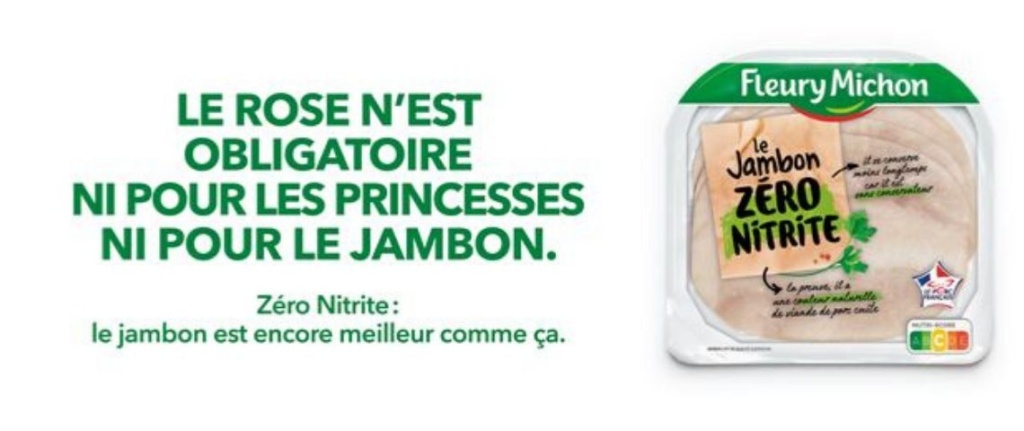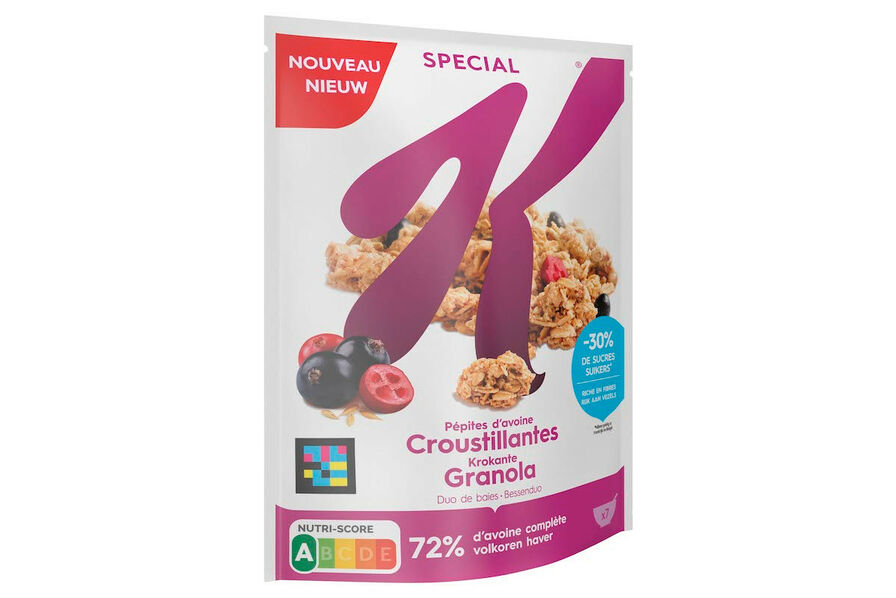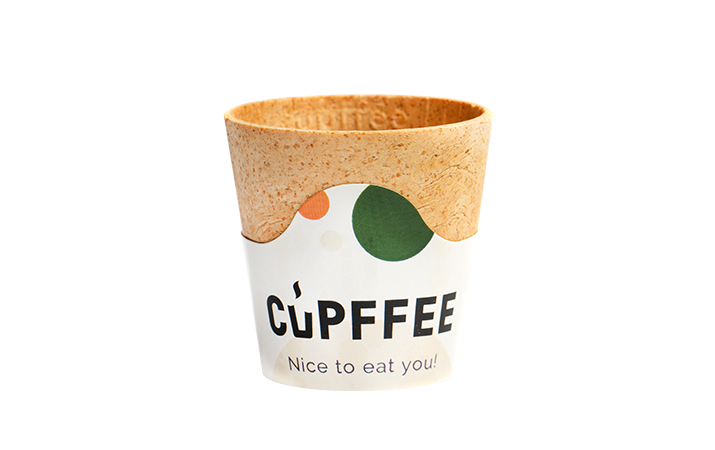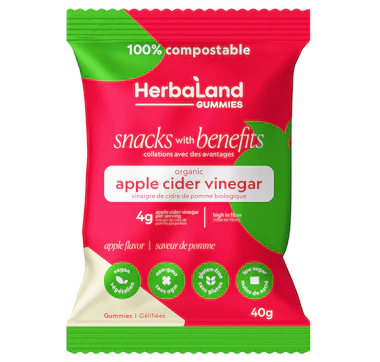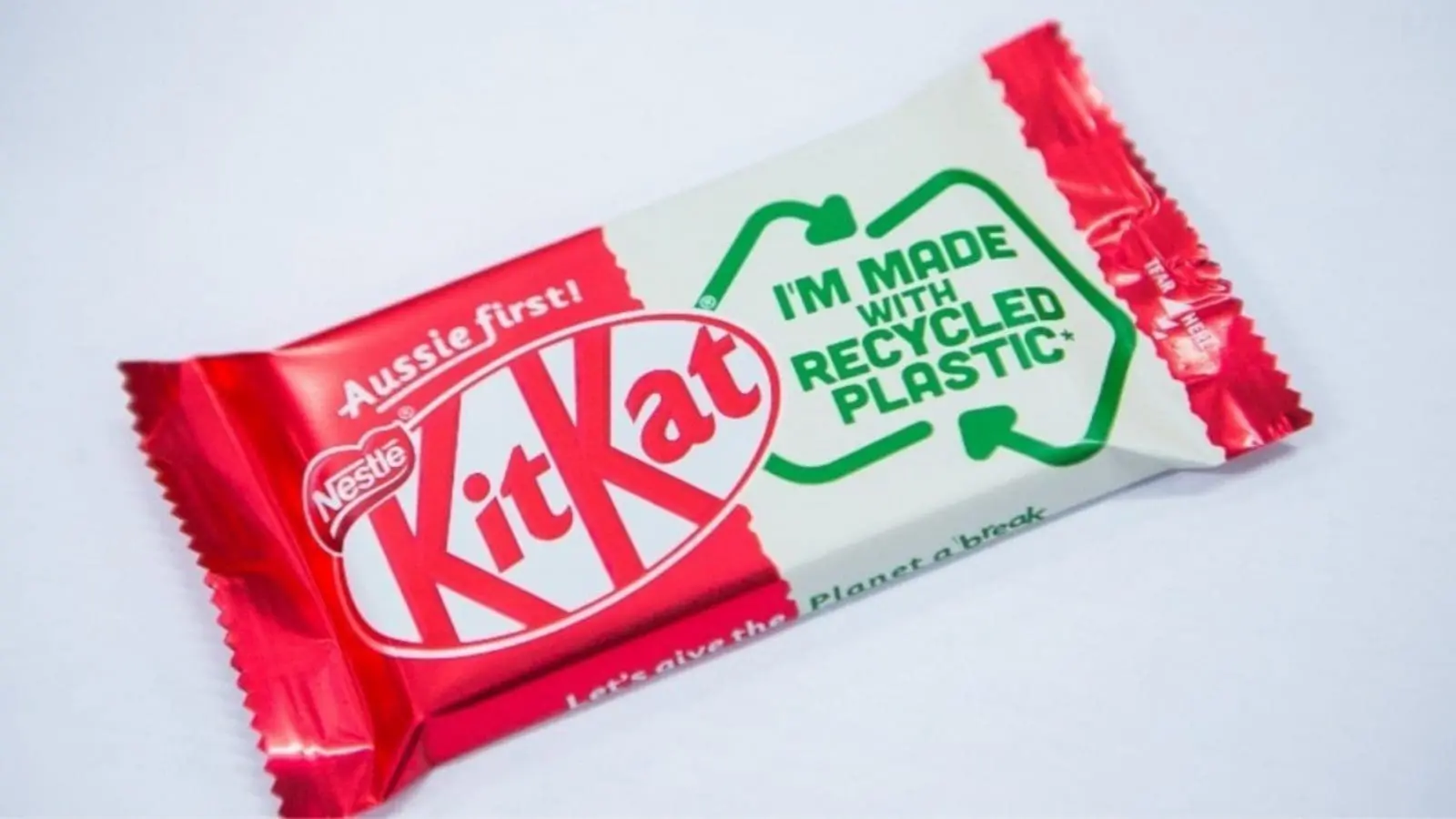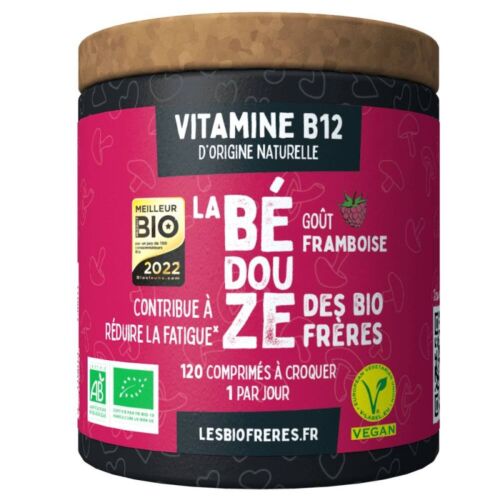When it comes to nutrition, the word “free” has been the talk of the town in recent years. Additive-free, sugar-free, meat-free, GMO-free, pesticide-free, packaging-free. But today the question is less about consuming “-free”, but rather, in practice, of living more sparingly (the French refer to this notion with the words “sober” and “sobriety”): less sugar, salt, fat, less additives, less packaging, and more upcycled ingredients. Sobriety isn’t just a passing fad, but a lasting trend in the food business that should be heeded by all the players in the food chain. Here we preview all the actions that are urgent to take if we are to reach these ends.
Nutritional sobriety: less is more
It would be an error to boil nutritional sobriety down to changes in consumer behaviour. Several factors could be cited to illustrate the metamorphosis of our society towards a world that is healthier, fairer and more sustainable, and therefore more moderate.
These are major changes in the makeup of products, in packaging, but more broadly in the way we consume and produce. The guiding theme of all these notions is of course the environmental impact of our consumption as an essential pillar of sobriety.
The nutritional quality of products, at the centre of the fight for a more sparing society
The impact of food on our health today lies at the heart of the debate. In fact, 81% of French people say that they are prepared to pay more for a product that looks good and is good for them[1]. Product composition has become a central topic for consumers and manufacturers.
- Weeding out the additives
83 % of French people are happy to pay more for a product with fewer additives.1
Additives have been thrust into the spotlight and constitute a deterrent to purchasing, probably owing to applications such as Yuka.
Useful for processing, the conservation of food and its organoleptic properties (27 functional categories), it may be possible to replace some of them, such as colourings, but consumers will have to change certain habits.
According to Jean-Michel Lecerf from the Institut Pasteur in Lille in an interview with LSA in 2020, “the consumer has to understand that without additives, products will probably not be as flavoursome, and will not keep for as long.” Indeed, additives play an important role in obtaining the end product, even if some of them are controversial. Consumers are not knowledgeable enough; 79% of French people say they do not feel sufficiently well informed on the subject.1
Nitrites, which have been classified as likely carcinogens by the CIRC, are well-known by consumers for giving ham its pink colour. Consumers aware of their impact on health look for “nitrite free” products. The cold meat sector has latched onto the trend: 17% of product references are nitrite-free, a figure which grew by 40% between 2020 and 2021[2].
The cold meat sector is king in this domain. For example, the Fleury Michon nitrite-free range has been highlighted by a national display campaign promoting nitrite-free ham.
More recently, Intermarché banned 140 additives deemed to be controversial, with the goal of removing two new additives by 2025. Tesseire, a brand well known for its cordial syrups, uses colouring and sweetener alternatives. There is still a lot of work to do in terms of consumer communication and education with regard to additives. Indeed, they play a role in the obtention of the end product. They are not all bad, but it remains to be seen which of them have a negative impact on health, and in what quantity.
- Salt: a more inconspicuous combat
According to WHO, our we consume twice more salt than is recommended. Manufacturers therefore have every reason to reduce salt in their ingredient list, and consumers would be well advised to check out the salt content in what they buy.
In the breakfast cereal category, the Kellogg’s group launched Special K with 20% less salt. With the salt issue also front and centre for the cold meat sector, Herta aims to reduce the amount of salt in its products by 30% between now and 2025. In the bakery sector, salt is also an issue; a collective agreement was signed in March 2022 to aim to stay within the limit of 1.5g of salt per 100g of bread.
- Sugar, public enemy no. 1
Consumers are well aware that sugar has an impact on their health. With high expectations of the beverages category, 55% of consumers say they have reduced their consumption of juices and smoothies due to their sugar content, with the leading factor for choosing drinks being low sugar content[3]. However, awareness raising is still important to guide consumers in their choice. Taking sugar out of a product to replace it with ingredients such as sweeteners is not necessarily better. These additives, which bring sweetness to products without the calories, may also bring with them a higher risk of cancer, in the cases of aspartame and acesulfame K.[4]
In February 2020, Carrefour took more than 430 tonnes of sugar out of around a hundred product references. Food industries are also launching products with less sugar. In 2022, Kellogg’s launched Special K Granola cereals with 30% less sugar, earning them a Nutriscore grade A.
Packaging, a major component in nutritional sobriety
Every year, around one hundred million items of plastic waste find their way into the oceans[5], most of them originating in the food industry.[6] Nutritional sobriety would therefore also involve product packaging to reduce their environmental impact. Consumers are also being offered more sustainable packaging solutions:
- Edible packaging: Cupffee offers coffee cups made of an entirely edible biscuit.
- Compostable packaging: Herbaland uses totally compostable packaging for its apple cider vinegar gummies.
- Recyclable packaging: Kit Kat highlights its packet’s credentials with the messaging “I’m made with recycled plastic”.
- Reusable packaging: Les Bio Frères offers packaging from recycled cardboard, with a lid made from natural cork and a removable label so that the pots can be reused.
- Deposit return packaging: 88% of French people were in favour of the implementation of deposit return schemes in 2019.6 Blédina launched deposit return jars in the Paris region and in Brive-a-Gaillarde in 2022, promoted with the wording “I’m on deposit, bring me back!”
- Loose goods: Sales of unpackaged goods in France amounted to €1.3 billion in 2020, with an annual growth rate of 8%[7], even if the segment slowed somewhat during the Covid-19 crisis. An increasing number of shops are turning to this solution as consumer demand continues to grow.
Consumer awareness, at the heart of the matter
Scoring systems influence consumers in their choices, with 64% of French people saying they get their information from reading product labels.[8] Scoring therefore compels manufacturers to be watchful of the composition of their products. There is an array of scoring systems on the market: Yuka, the NOVA classification on ultra-processes foods, Nutriscore and Planetscore, are among the best-known. They are sometimes subject to criticism: for example, Nutriscore rates products for a 100g portion, meaning that fats are not well ranked whereas they are essential in our diet. This is why scores need to be accompanied by explanation and education.
Indeed, education is very important so that consumers have all the keys to understanding what a balanced diet is, and what ingredients go into a product. The role of health professionals moreover is expected to take on more importance.
One underlying question, however, is whether consumers are prepared to accept a smaller range of goods? Will they be prepared to change their eating habits?
[1] Creatests. For Arlès Agroalimentaire. Perception des consommateurs français vis-à-vis des additifs alimentaires. France. 2022
[2] LSA. Jambon et charcuterie: les chiffres de l’année 2021. 2022
[3] Food Navigator reporting Britvic, Tracking health and wellness: the latest consumer trends in soft drinks. 2022
[4] INSERM, La consommation d’édulcorants serait associée à un risque accru de maladies cardiovasculaires, 2022
[5] WWF. Le plastique ça n’emballe plus? 2021 report
[6] United Nations Environment Programme (UNEP), 2021
[7] Réseau Vrac, Loose goods market in 2020. 2021
[8] Opinion Way. For Alkemics : les Français et la transparence des produits alimentaires. France. 2019
— An article written by NUTRIKEO —





